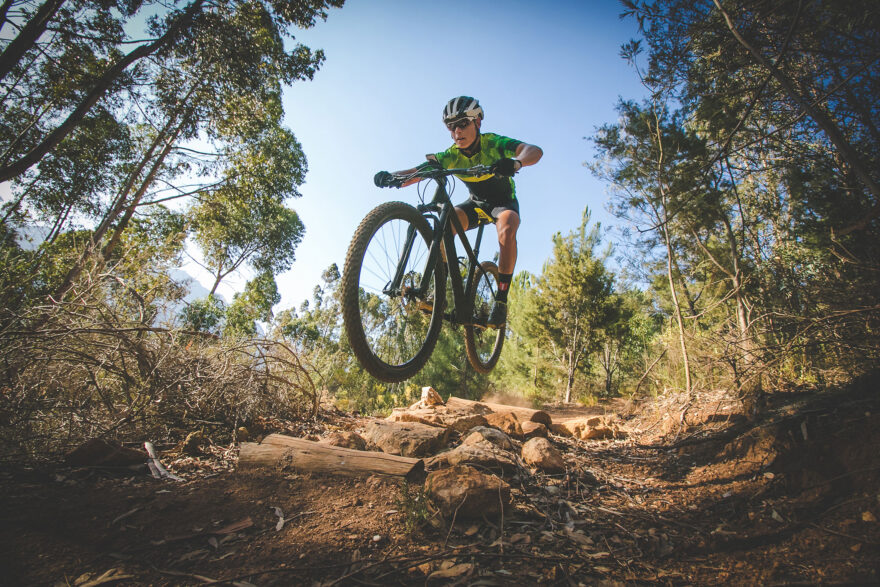
Image by Dewald Kirsten, Shutterstock
After poring over more than 117,000 mountain biking trails that are listed on the Trailforks database, California was found to have the most double black-diamond mountain biking trails — making it the top spot for those seeking dangerous and aggressive rides.
California’s 227 trails in this category far surpassed the second- and third-place states: Utah and Colorado, which had 180 and 154 respectively.
The analysis was conducted by DeMayo Law, personal injury lawyers over at DeMayo Law Office, a personal injury law firm based in North Carolina.
In addition the double black-diamond trails in California, the state had 1,415 black diamond trails, the most of any state. Ortega Trail in Ventura River Preserve was found to be the longest double black-diamond trail in the state, running an impressive 8.69 miles. Double black diamond difficulty trails only account for 1.92 percent of all trails in the state.
“This data should help riders better plan and prepare for their adventures, allowing them to choose trails that align with their skill level and preferences. By understanding the distribution of trail difficulty in each state, riders can make informed decisions to enhance their riding experience and safety on the trails,” DeMayo Law said in a news release.
Utah’s Great Western Trail is the longest double black diamond trail in that state, with a length of 8.07 miles. Colorado’s longest is Barr Trail Uphill, at 11.8 miles. Much like the name implies, it features a daunting 1.3-mile climb throughout.
Rounding out the Top 10 were Arizona, Washington, Massachusetts, Montana, Idaho, Pennsylvania and New Hampshire.

Interestingly, North Dakota and Delaware were the only two states that didn’t have any double black-diamond rated trails. North Dakota had six of the second-hardest difficulty-rated trails, whereas Delaware was found to have just one.
“Making sure to ride at the difficulty you’re comfortable with is essential,” the law firm said. “Mountain biking can prove to be a very dangerous sport when not taken seriously, and ensuring riders use adequate safety equipment, such as helmets, gloves, and correct footwear is integral.”
 Your Privacy Choices
Your Privacy Choices